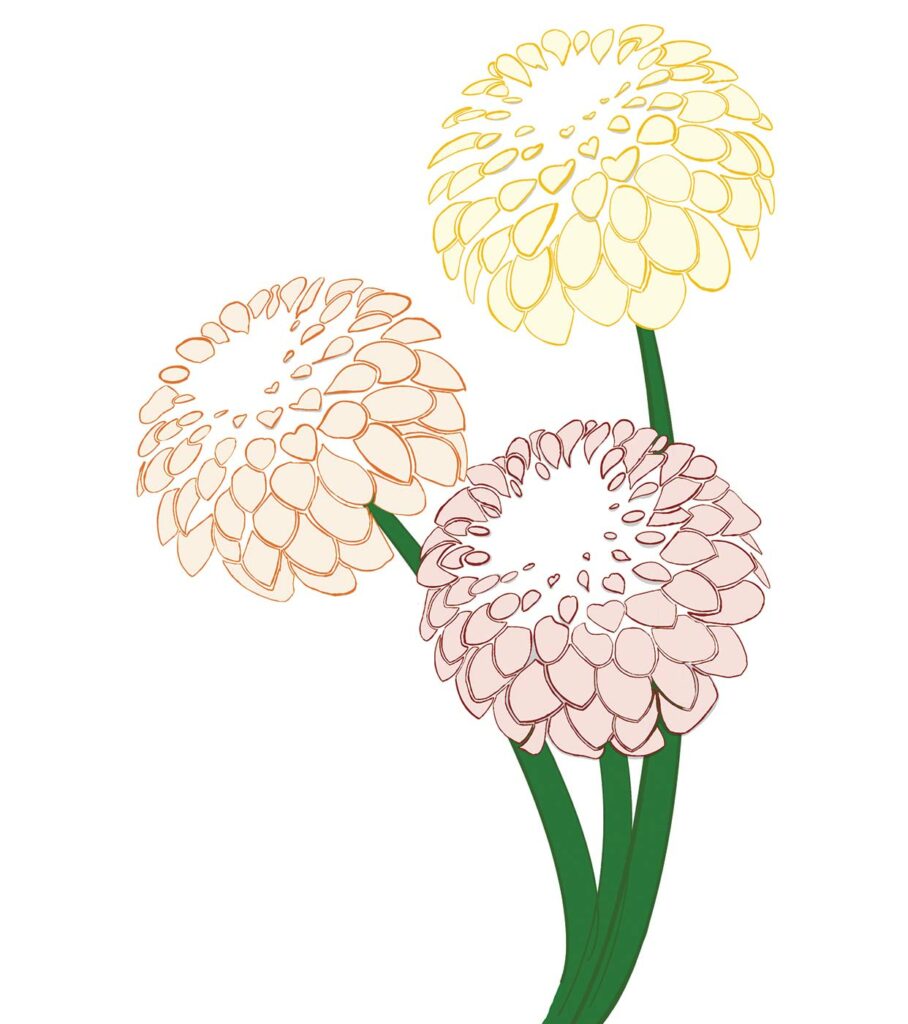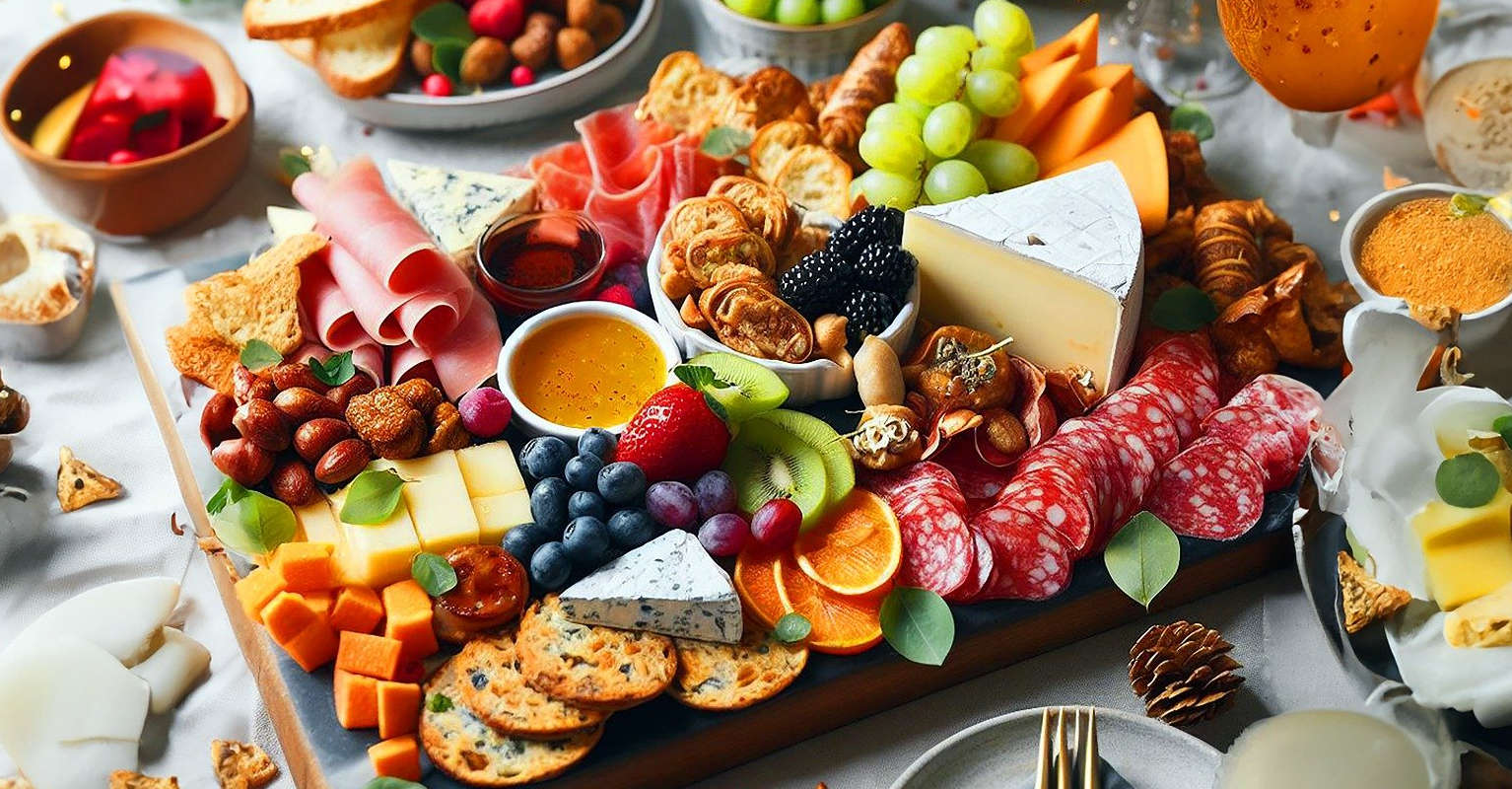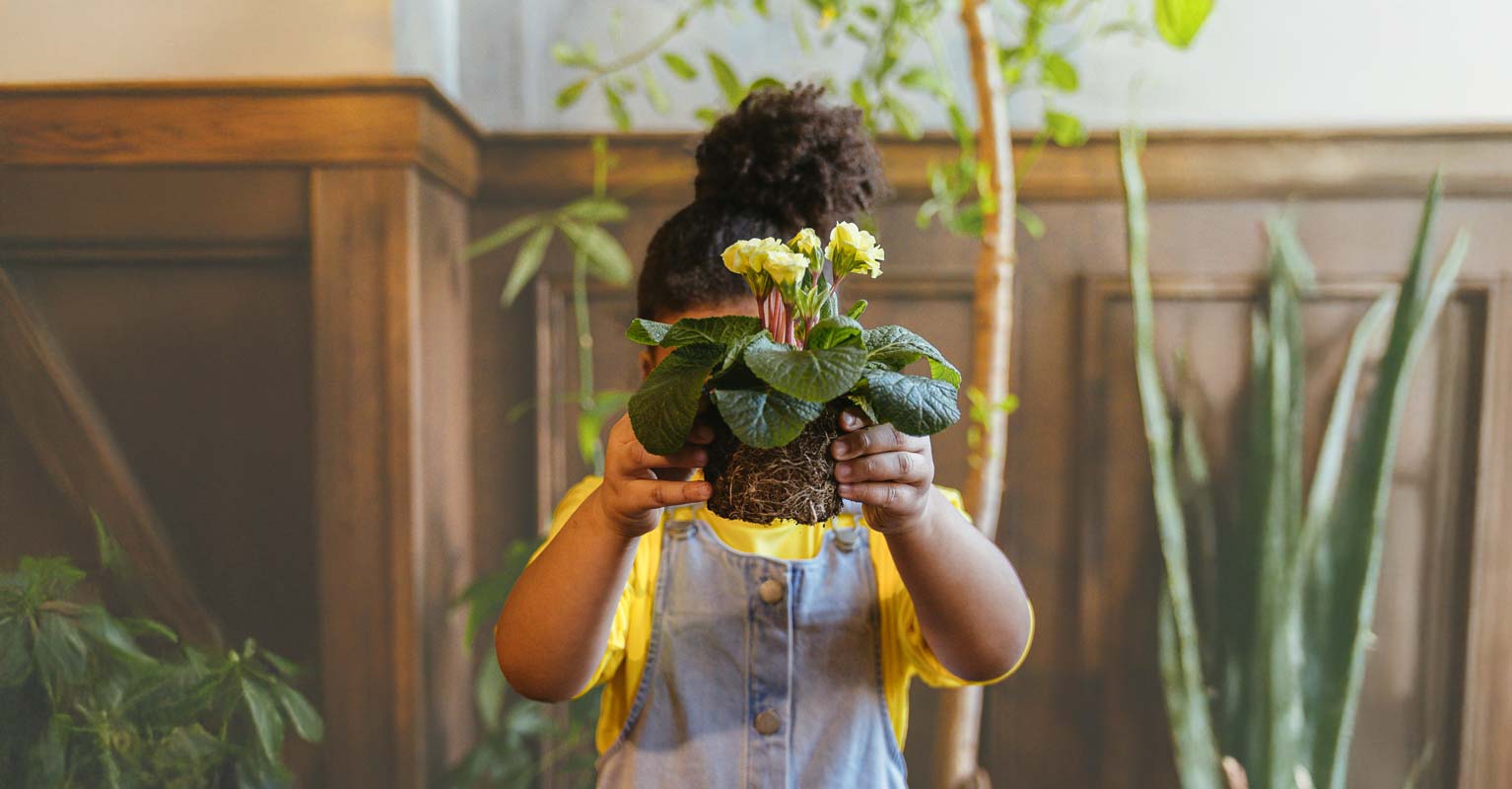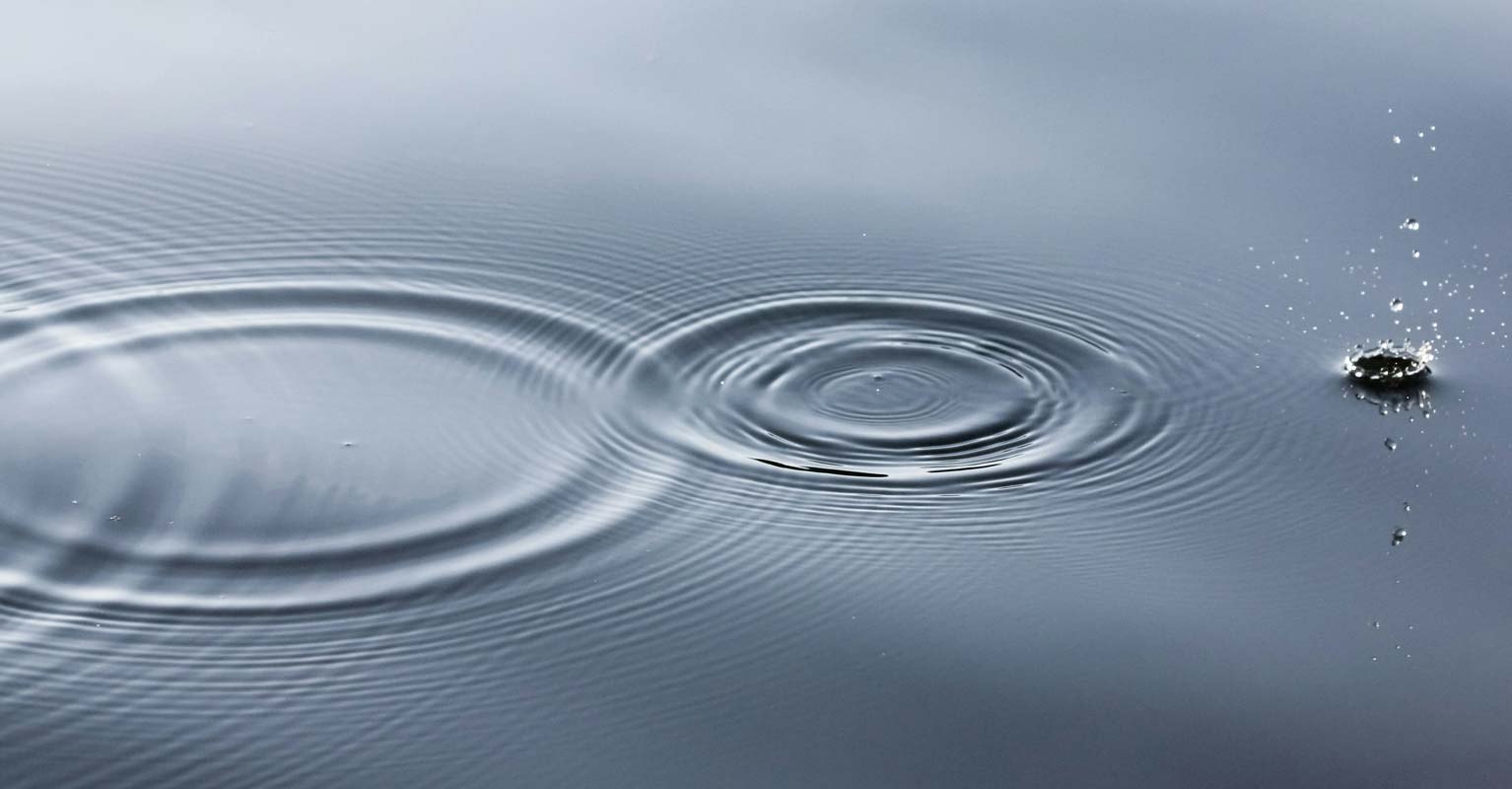“Flowers always make people better, happier, and more helpful; They are sunshine, food, and medicine for the soul.” —Luther Burbank, American botanist
I t might have been the especially long winter, day after day of bitter cold and endless snow, followed by a spring that wasn’t spring at all. Freezing skies, more snow; apple trees too traumatized to bloom. Despite my self-made promise that I would not go overboard with planting too many flowerpots (I’d have to water them all summer) there I was at the end of May, having planted twenty vessels in varying hues.
But, oh, they’ve been glorious. I’ve never seen them so lovely, burgeoning with blooms: velvety petunias in two shades of purple, bright orange pansies, white alyssum whose sweet fragrance stops me mid-watering, incandescent Indian Summer petunias with their orangey-pink tongues of flame, Creeping Charlie spilling over the edges in lime-green waterfalls. I don’t know when I’ve enjoyed flowers more, every blossom a gift.
I have a long history with flowers. They are markers in my life. I first fell in love as a child when crawling, army-style, through the tangle of weeds in our backyard in Glasgow, Montana, and coming upon a single, startling tiger lily. It rose above the weeds, a trumpet of shocking orange. In wonder, I studied its brown-speckled throat, wiry stamen, and dusky pollen. That single bloom heralded an awakening—beauty could occur anywhere.

I began to plot ways to obtain flowers, whether “borrowing” them from a neighbor’s backyard during a well-planned midnight raid or saving money to order bulbs from the seed catalogs I pored over on winter evenings. I longed for flowers.
A day in June found me peering over the garden fence at our neighbor’s Persian roses, breathing in their woody scent, reveling in the mounds of yellow blooms cascading to the ground in golden waves. Was anything ever so beautiful?
It’s no wonder I grew up to be a grower of flowers, nurturing them, teaching my children about them, selling them at local markets. One summer, when the Bozeman Community Food Co-op allowed vendors to sell produce on the front lawn, my children and I hauled in buckets of blooms and set up a table. But that day, most customers were looking for vegetables. The kids watched forlornly as people bypassed our booth. Then, an elderly woman, white braids falling to her waist, came to our table, her shopping bags bulging with carrots, beets, and lettuce. “And now,” she said, smiling, “for something to feed my soul.” My children rejoiced when she bought three bouquets.
Flowers have marked so many passages in my life. Several years ago, when Mom couldn’t remember the word petunia, I knew something was amiss. She, who taught me all the flower names, now struggled to remember them. The beginning of her dementia. She’d versed me in flower arranging, her artist’s eye choosing colors as if from a painter’s palette. Longest stem in the center; vary the forms; blue bachelor buttons with yellow sunflowers; intersperse airy fillers with big blooms; always include a little spark of white. I remember her voice and miss her. We buried her last November at the cemetery in Havre, Montana, wind whipping around us, snow swirling, temperatures 30 degrees below zero, the pink roses frozen atop her casket, as we returned her to the earth.
Mom always understood how beauty can fill us with longing—that beauty and pain are intertwined. I wish I could show her my flowers this summer. Maybe I can. When I notice every petal and hue, she is in me still.
French philosopher Simone Weil said, “There are only two things that pierce the human heart. One is beauty. The other is affliction.” Loss is always with us, and beauty helps us through it. It’s why we need flowers—to ease our souls.




